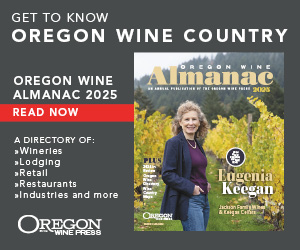It Takes Two to Tango
Unexpected connections between Oregon and Argentina
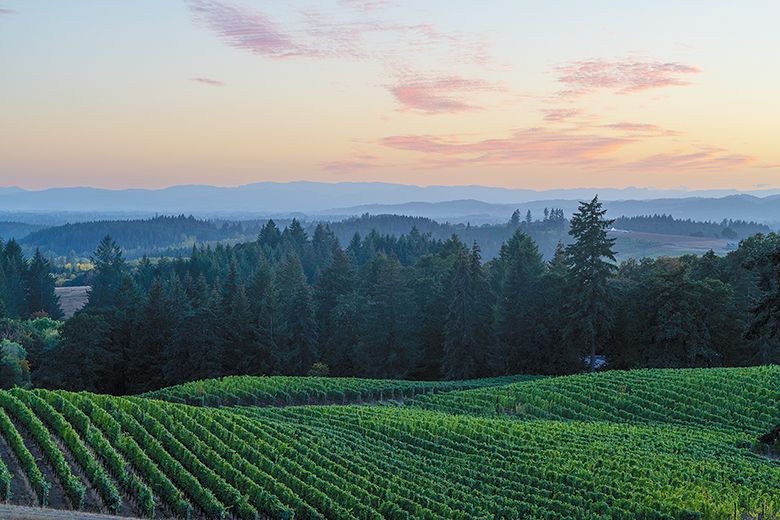
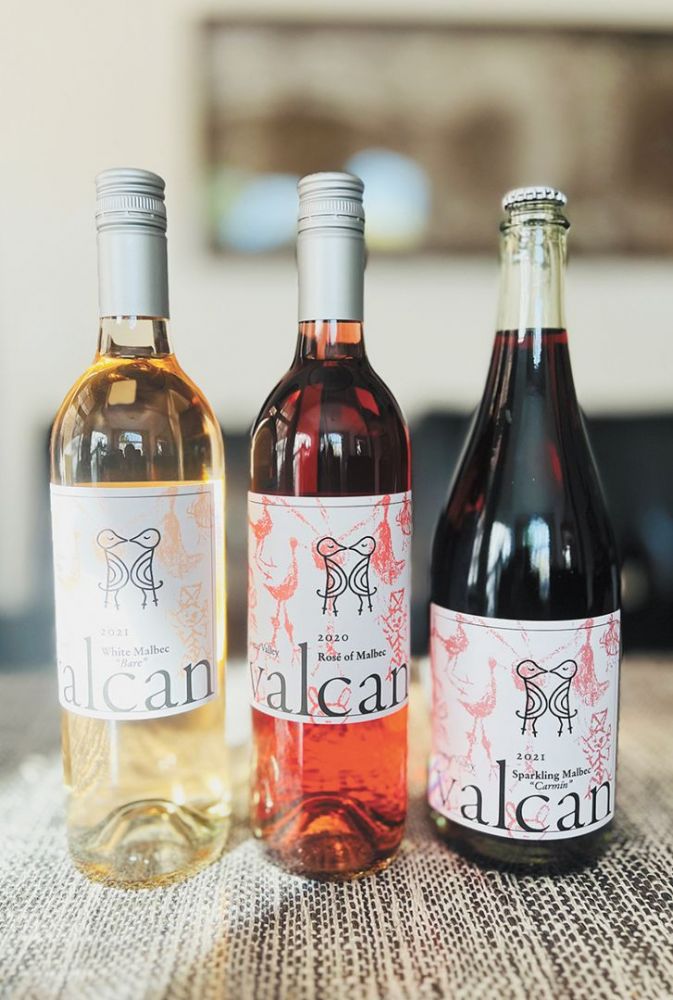
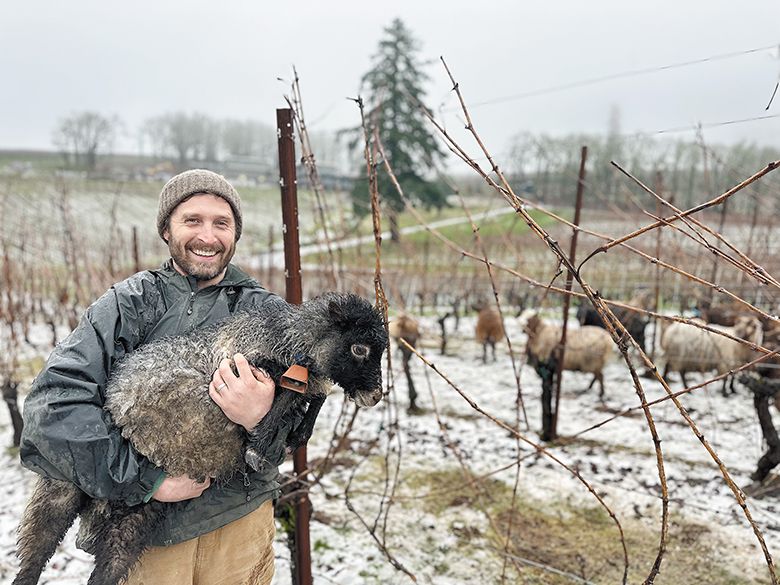
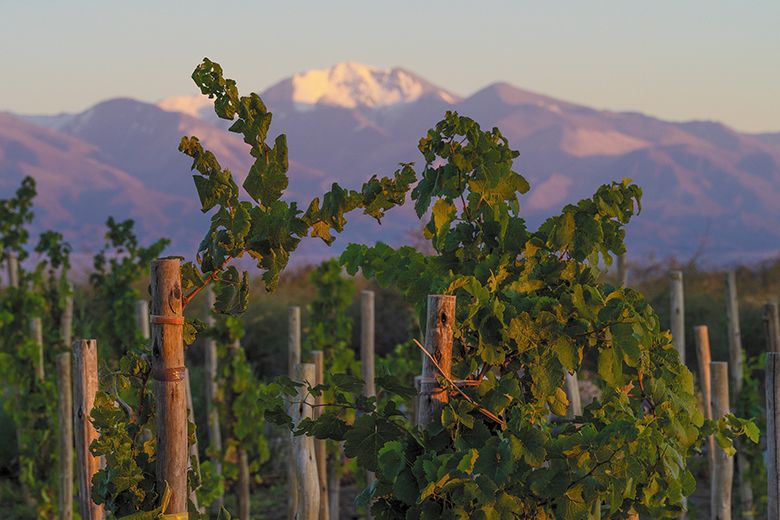
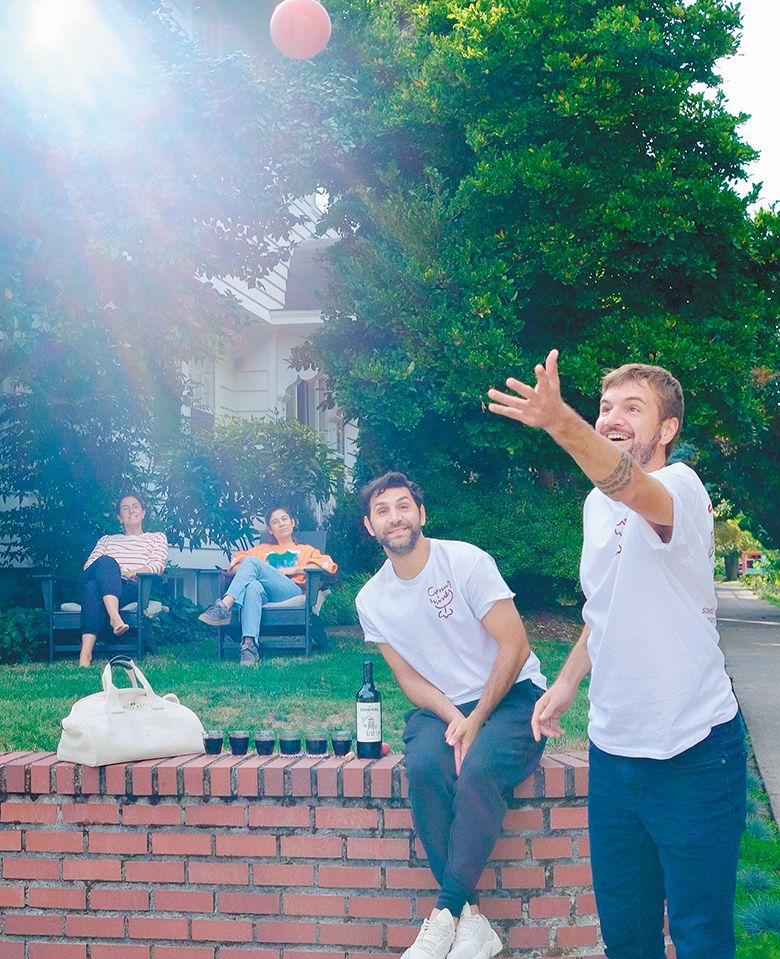
By Greg Norton
The two areas lie thousands of miles apart in separate hemispheres. At first glance, the wine regions of the Pacific Northwest and Argentina appear more different than similar.
Yet, viewed through the eyes of these wine professionals, surprising connections emerge. Despite being half a world away, two distinct cultures share similar vineyard challenges and wine styles, united by personalities and friendships.
PEOPLE MAKE WINE
With a single harvest annually, it’s common for winemakers, especially early in their careers, to split the year between the Northern and Southern hemispheres. By working two harvests, they double their learning opportunities each year. South America, New Zealand, South Africa and Australia are popular destinations.
Ashley Trout spent eight harvests in Argentina in her 20s. “I was born and raised speaking Spanish (even though I don’t look like it), making it easy for me to just sort of plug into what’s an absolutely phenomenal winemaking community down there,” she recalls. Trout is the owner and winemaker of Brook and Bull Cellars in Walla Walla and its sister project, Vital Winery, a nonprofit dedicated to improving vineyard workers’ access to health care.
While learning to make wine in Argentina’s high altitude at a large winemaking operation, South American culture taught Trout essential life lessons. She recalls accompanying her employer on a vineyard visit to taste fruit before harvest. At one site, she was sent to discuss potential picking dates with the vineyard manager ahead of a storm. After quickly returning to the truck, her boss scolded her, “You spoke with that guy for 30 seconds, and then you ran away from him, and now you’re back in this truck.” Initially confused, she soon realized exchanging information was only the beginning in Argentina. Her boss explained, “You ask him about his dog, you get to be friends with him. You figure out his birthday, compliment him on his trellising. You take it easy, because, when push comes to shove, he chooses which winemakers and crews he likes best and wants to work with. That weather is going to hit us all at the same time!”
GRAPE IDENTITY
Strikingly, both areas developed a reputation for a signature red grape. When you mention Oregon, Pinot Noir comes to mind. For Argentina, it’s Malbec, the dark-hued native of France’s Bordeaux region. Grown in 17 of the country’s 23 provinces, the grape accounts for nearly two-thirds of Argentina’s domestic varietal wine sales and nearly half of the nation’s exported wine, according to Cámara Argentina Vinos a Granel, an industry organization.
But a red-wine-only identity doesn’t supply a complete picture. Torrontés is Argentina’s highly regarded aromatic white variety, with the added prestige of originating there. Chardonnay is also common, and, notably, rising in popularity here in Oregon.
Argentina produces 75 percent of the world’s Malbec, according to Forbes magazine. But this medium- to full-bodied red is planted throughout much of the Northwest, stretching from Southern Oregon to the Columbia Gorge and Walla Walla Valley, as well as within Horse Heaven Hills and Red Mountain in Washington. Expressions range from red and rosé to white, and even sparkling.
Each spring, 20 Oregon wineries gather in Portland to celebrate the grape variety at Malbec in the City. The event was created by winemaker Juan Pablo “JP” Valot of Valcan Cellars, who is passionate about the grape of his homeland.
“You don’t have to do anything. It is like the perfect child,” he observes about working with Malbec grown in our cooler climate, where it retains acidity. He notes how growers in his native Argentina are chasing higher acidity levels by moving from Mendoza’s increasingly hot valley sites to high desert locations above 3,500 feet in elevation.
Valot believes Malbec, with its appeal to varied palates, should be embraced alongside Pinot Noir. “You’ve got Pinot Noir fans, and then Cabernet Sauvignon enthusiasts… and they don’t cross lines,” he states. “Malbec bridges the middle, reaching these two groups,” he adds, citing its Pinot-like acidity and delicate aromas, combined with the grape’s power and concentration. “I’m not promising it will turn Pinot Noir lovers into Malbec lovers or Cabernet Sauvignon lovers into Malbec lovers, but, if you go to a party or dinner... and don’t know what people like, bring a good Malbec. You’re guaranteed to be the winner.”
KICKOFF IN A NEW FIELD
Portland Timbers legend “El Maestro” Diego Valeri recently turned to wine as a post-soccer venture. Growing up near Buenos Aires, he developed an early love for fútbol, leading to an international career, including eight years playing in Portland. After retiring, Valeri and his wife, Florencia, briefly moved to Florida, where they met restaurateur Federico Garobbio and his wife, Lucila Ricci. Coincidentally, all four grew up in the same suburb of Argentina’s capital city. Garobbio recalls, “It’s funny; even though we lived pretty close to each other, and know many of the same people, we didn’t meet until recently, in the United States.”
As the two couples grew closer, the idea of collaborating on an Oregon wine company took shape, leading to ConurWines, a name inspired by the Spanish word for “suburban,” conurbano. Partnering with NW Wine Company, ConurWines produces a Willamette Valley Pinot Noir and two wines honoring their shared heritage: a white blend, reminiscent of Torrontés, and a Malbec from Columbia Valley fruit. Garobbio looks forward to releasing a red blend and traditional method sparkling wine soon.
“For me, this is a dream,” he marvels, “not only because of what we are doing, but also with whom. We love Diego and Florencia. We are really good friends, and enjoying every single second of this project.”
IT’S HOT ALL OVER
Wine growers worldwide are experiencing the impacts of climate change. Rising vineyard temperatures and water consumption remain ongoing concerns shared by Northwest farmers and their South American counterparts.
Alexana Estate, founded in the Dundee Hills 20 years ago by cardiologist Dr. Madaiah Revana, was established eight years after his Revana Estate in Napa Valley. Soon, a third project, Bodega Corazón del Sol, Spanish for “heart of the sun,” emerged in Argentina’s Uco Valley. General manager Jeff Lewis oversees all three operations, while director of viticulture, Drew Herman, manages the vineyards.
The colleagues recognize the significant distinctions between the properties. “Geographically, geologically, climatically, each is incredibly different and poses unique challenges,” observes Lewis. “That diversity is apparent both in the vineyard and winemaking process. What you’re working with, the tools you have, and really, the intent behind each property.”
Embracing these differences is an opportunity to share expertise across the miles. “We’re applying what we’ve learned from each property, where it makes sense, to the others,” notes Herman. Conversations about organic farming, soil and land management, animal husbandry and water conservation happen throughout the company.
For example, “down there [in Argentina], they pull leaves and expose the clusters really early, so they get accustomed to the sun and the grape skins don’t burn,” Herman reports. They are adopting a similar approach for some blocks of the Alexana Chardonnay. “Since we dry farm in Oregon, we have experience increasing water-holding capacity. So, we’ve been applying that knowledge at our Mendoza vineyards, whether it’s cover crops or applying compost.”
Predictably, Malbec leads Corazón del Sol’s production. However, the Uco Valley’s rocky soils and warm climate inspired experimentation with French varieties from the Rhône Valley– Grenache, Syrah and Mourvèdre, resulting in Argentina’s first GSM blend. “It’s Châteauneuf-du-Pape in the mountains,” Lewis quips.
A changing climate drove replanting efforts, motivating them to consider an unexpected grape at all three locations: Cabernet Franc. In Argentina, the variety will eventually make up a third of Corazón del Sol’s production. Acres of the Napa Valley and Dundee Hills vineyards have also been grafted over to the grape.
“We’re betting big on Cab Franc,” Herman affirms. In Oregon, due to rising vineyard temperatures, “we have areas that were ideal for Pinot 15 years ago, yet want to ripen something else now.” In Napa, the variety thrives in Revana Estate’s coolest vineyard sites.
“We anticipate very distinct expressions of Cab Franc,” according to Lewis. “Something from 3,800 feet in elevation (in Argentina) will be tannic and powerful, with bright red fruit. We expect the Dundee Hills to produce silky, perfumed, lower alcohol wines. They should be quite pretty and nuanced. From Napa, we imagine something pretty intense, dark and powerful.”
WINE WITHOUT BORDERS
Though separated by continents and climates, the Northwest and Argentina reveal how wine is much more than a specific place. From young winemakers chasing dual harvests to veterans adapting vineyards to shifting climates, and friends bonding over a shared love of wine, both regions reflect resilience, creativity and connection.
What began as a comparison between distant landscapes reminds us of how a global wine culture thrives on the exchange of knowledge, traditions and friendships. Such sharing transcends every border.
Greg Norton is a freelance writer in the Pacific Northwest with a broad background in nonprofit communications and the arts. He studied journalistic writing through the UCLA Extension and has traveled to wine regions around the world. Greg is a Certified Specialist of Wine and received the level two award from the Wine and Spirits Education Trust. When not writing about wine, he can be found pouring it in a tasting room or wine bar near West Linn, where he lives. Read more by Greg at www.onthevine.blog.











